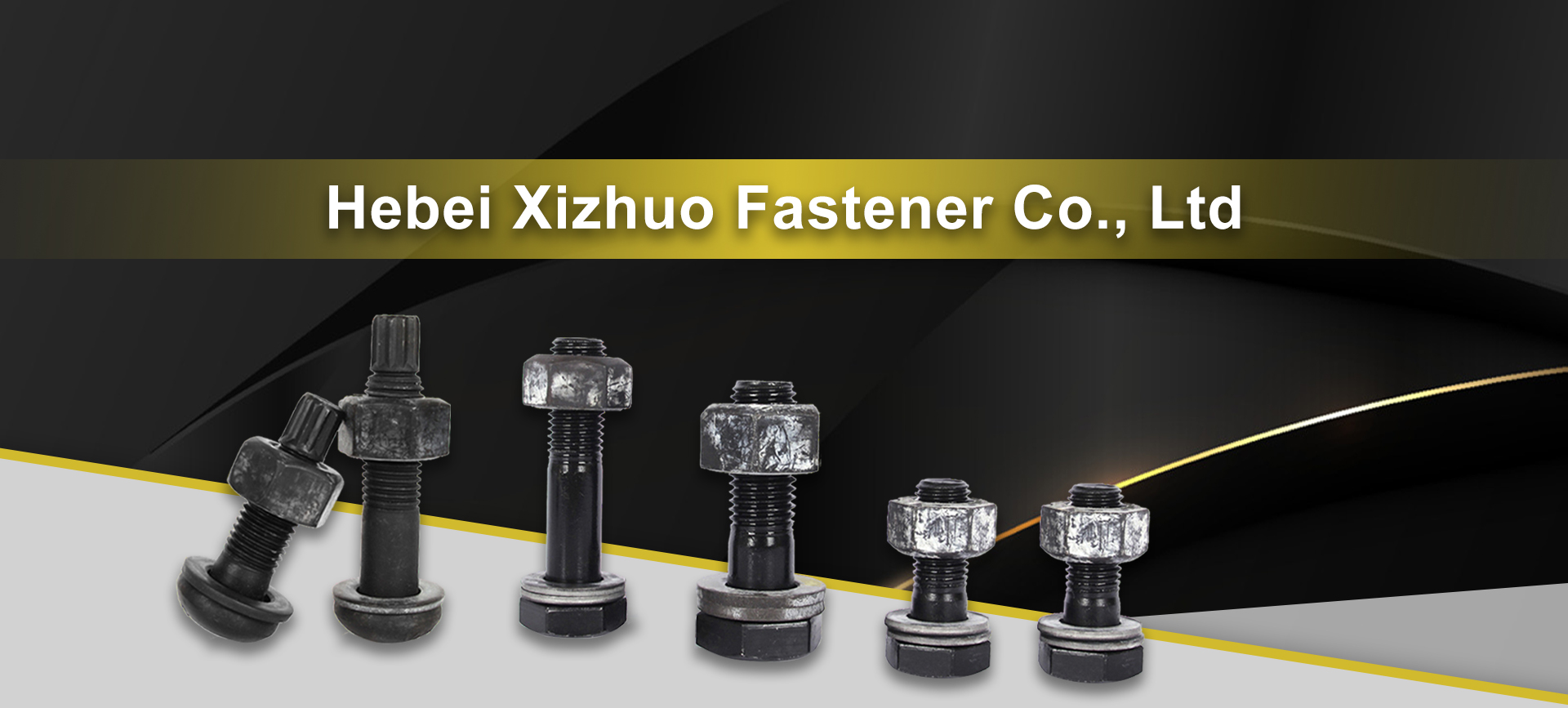high strength bolts
High Strength Bolts Essential Components for Structural Integrity
High strength bolts are critical components in modern engineering and construction, known for their exceptional tensile strength and durability. These specialized fasteners are designed to withstand severe loads and environmental conditions, making them indispensable in various applications, from bridges and skyscrapers to machinery and automotive industries.
Understanding High Strength Bolts
High strength bolts are typically made from carbon steel or alloy steel, treated through processes like heat treatment or cold working to enhance their mechanical properties. The American National Standards Institute (ANSI) and the American Society for Testing and Materials (ASTM) set quality standards for these bolts, ensuring they meet specific performance criteria. Common grades of high strength bolts include ASTM A325 and A490, which indicate different strength levels and are widely used in steel construction.
One of the defining features of high strength bolts is their ability to maintain integrity under significant stress. They boast a tensile strength that can reach up to 180,000 psi (pounds per square inch) or more, making them suitable for applications where ordinary bolts would fail. This makes high strength bolts a preferred choice for structural engineers seeking to optimize safety and durability in their designs.
Applications of High Strength Bolts
High strength bolts are primarily utilized in structural applications. In steel frame construction, for example, they play a crucial role in connecting beams, girders, and other structural elements, ensuring stability and load distribution throughout the building. Bridges also rely heavily on high strength bolts for the secure attachment of structural components, as they can endure the dynamic forces exerted by traffic and environmental factors.
high strength bolts

In addition to construction, high strength bolts are essential in the automotive and aerospace industries. They are used in the assembly of critical components, where reliability is paramount. For instance, the engine mounts and suspension systems of vehicles often depend on high strength bolts to endure continuous forces from driving, while aircraft rely on these bolts for the assembly of wings and fuselage sections, where maintaining structural integrity is vital.
Installation and Maintenance Considerations
Proper installation of high strength bolts is crucial to their performance. The use of appropriate tightening methods, such as calibrated wrenching or tensioning, ensures that the bolts achieve the necessary clamping force to secure connections. Unlike standard bolts, high strength bolts may require specific torque specifications to prevent failure due to improper installation.
Regular inspection and maintenance are also essential to ensure their longevity and performance. Engineers utilize various techniques, including visual inspections and non-destructive testing methods, to assess the condition of high strength bolts in service. Corrosion, mechanical wear, and fatigue can compromise their structural integrity, so proactive maintenance is necessary, especially in harsh environments.
The Future of High Strength Bolts
As technology continues to advance, the development of high strength bolts is expected to evolve, incorporating new materials and manufacturing processes. Innovations such as coatings that enhance corrosion resistance or designs that minimize stress concentrations could lead to even more robust fasteners. Furthermore, the trend towards sustainability in construction may foster the development of eco-friendly manufacturing techniques for high strength bolts, reducing their environmental impact.
In conclusion, high strength bolts are vital components that contribute to the safety and reliability of various structures and systems. Their ability to withstand immense stress and resist environmental factors makes them indispensable in engineering and construction. As industries continue to push the boundaries of design and performance, high strength bolts will remain at the forefront, adapting to meet the growing demands of modern technology and infrastructure.
-
Weatherproof Plastic Expansion Anchors for OutdoorNewsJun.06,2025
-
Sustainability in the Supply Chain: Eco-Friendly TEK Screws ProductionNewsJun.06,2025
-
Load-Bearing Capacity of External Insulation FixingsNewsJun.06,2025
-
Double Head Bolts: Enhancing Efficiency in Industrial MachineryNewsJun.06,2025
-
Corrosion Resistance in Chipboard Screws: Coatings for Wholesale DurabilityNewsJun.06,2025
-
Butterfly Toggle Bolts : Enhancing Structural ResilienceNewsJun.06,2025
